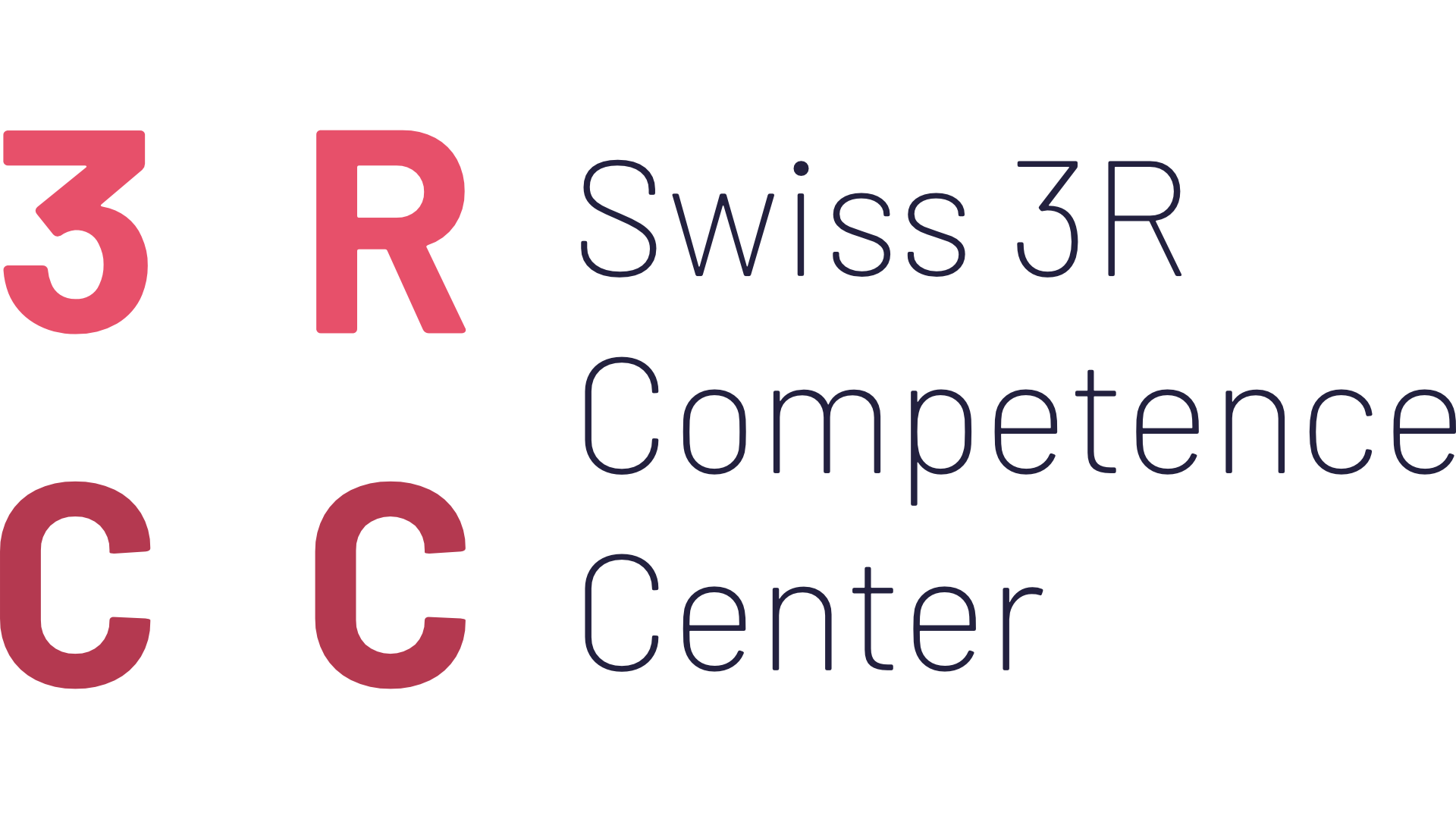In 2020 and 2024, the Swiss 3RCC and the Swiss Culture of Care Network carried out two surveys on the use of non-aversive mouse handling methods among animal care and research staff in Switzerland. The goal was to assess:
- Awareness and understanding of these techniques
- How widely they are being applied
- The main factors driving (or hindering) their adoption
- Whether they are effective and practical for those using them
Conclusions from the surveys
- The awareness and use of gentle handling techniques for mice have significantly increased in Switzerland since the 2020 survey.
- Several international and national initiatives (e.g. NC3R’s mouse handling webpage, 3RCC’s tunnel handling videos and updated qualifying education) may have contributed to this growing awareness in Switzerland.
- In both surveys, participants cited animal welfare concerns and the potential for improved scientific outcomes as the main reasons for adopting these techniques. This positive development reflects the strong commitment of Swiss scientists, animal care staff, and other professionals to animal welfare and the 3R principles. Various barriers associated with implementing these methods (for example increased cost) may explain the fact that not all participants have adopted them yet.
- Despite this, as of February 2025, an updated legislation has come into effect in Switzerland that requires that animals are handled with care. In particular, methods that have been proven to be stressful, such as lifting mice or rats by the tail, must be replaced by gentle handling techniques.
- We are optimistic that all professionals working with mice in Switzerland will transition smoothly to gentle handling techniques, especially as most of their colleagues already report high satisfaction with these methods.
